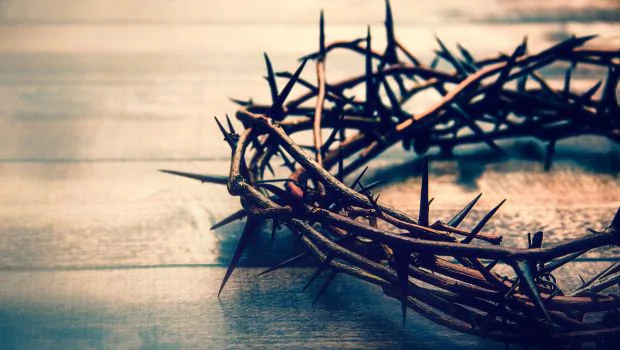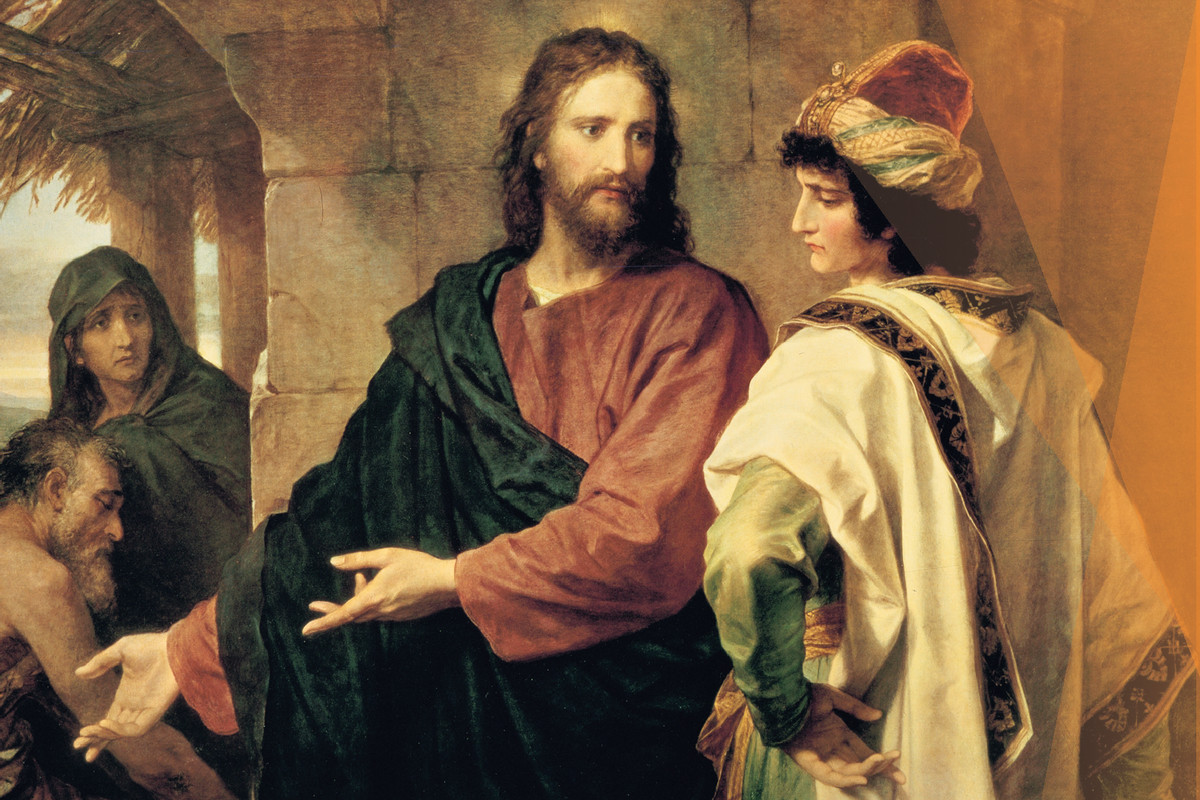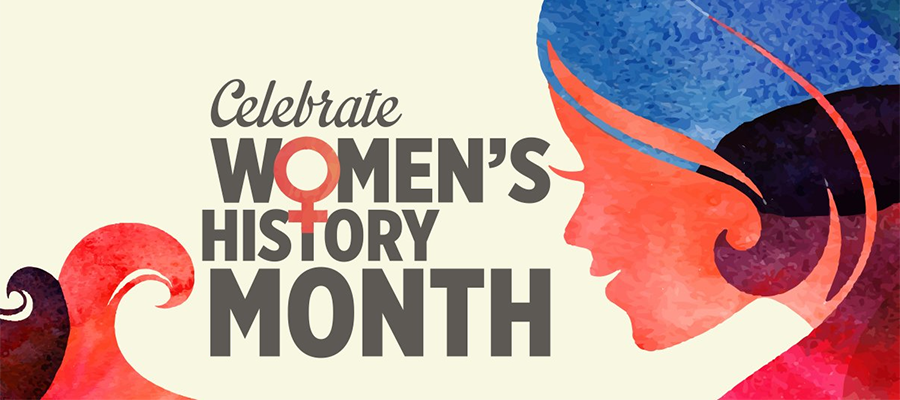Good Friday (April 2): Date, History, Significance, Facts
 |
| Photo: DNA India |
Date of "Good Friday"
Good Friday, the Friday before Easter, the day on which Christians annually observe the commemoration of the Crucifixion of Jesus Christ. From the early days of Christianity, Good Friday was observed as a day of sorrow, penance, and fasting, a characteristic that finds expression in the German word Karfreitag (“Sorrowful Friday”). Good Friday is celebrated on Friday, April 2, 2021.
What does “Good Friday” mean?
The word ‘good’ in Good Friday means pious or holy. The death of Jesus signifies forgiveness for all of the sins of mankind, with Jesus sacrificing himself for the good of humankind.
History and Significance of “Good Friday”
 |
| Illustrative photo |
Following the Synoptic Gospels (Matthew, Mark, and Luke), the mainstream of Christian tradition has held that Jesus’ last meal with his disciples on the evening before his Crucifixion was a Passover seder. That would place the date on which Jesus died on 15 Nisan of the Jewish calendar, or on the first day (starting at sundown) of Passover. According to the Gregorian (Western) calendar, that date would be April 7. (The Gospel According to John, in contrast, holds that Passover had not yet begun when Jesus’ final meal was held, which would place the date of Jesus’ death on 14 Nisan.) Christians, however, do not commemorate that fixed date. Instead, they follow the apparently flexible date of the Passover—which conforms to the Jewish lunisolar calendar rather than the Gregorian solar calendar—by relating the Last Supper to the seder. Although that assumption is problematic, the dating of both Good Friday and Easter has proceeded on that basis. Thus, Good Friday falls between March 20, the first possible date for Passover, and April 23, with Easter falling two days later.
The question of whether and when to observe Jesus’ death and Resurrection triggered a major controversy in early Christianity. Until the 4th century, Jesus’ Last Supper, his death, and his Resurrection were observed in one single commemoration on the evening before Easter. Since then, those three events have been observed separately—Easter, as the commemoration of Jesus’ Resurrection, being considered the pivotal event.
The liturgical celebration of Good Friday has undergone various changes over the centuries. In the Roman Catholic Church the mass is not celebrated on Good Friday, though a liturgy is performed. Beginning in the Middle Ages, only the officiating priest took Holy Communion, which was consecrated in the Maundy Thursday mass; laypeople have also communed on Good Friday since 1955. The liturgy of Good Friday consists of the reading of the Gospel Passion narrative, the adoration of the cross, and Communion. In the 17th century, following an earthquake in Peru, the Three Hour Service, prayerful meditation on Jesus’ “Seven Last Words on the Cross,” was introduced to the Catholic liturgy by the Jesuits. It takes place between noon and 3 PM. Similar services occur in the Eastern Orthodox tradition, where no Communion is celebrated on Good Friday.
In the Anglican Communion, The Book of Common Prayer similarly provides for a Good Friday reception of the “reserved sacrament,” the consumption of bread and wine that was consecrated the previous day. The Three Hour Service has become common in North American churches, and a variety of liturgical services are held on Good Friday in other Protestant churches. With the revival of a liturgical emphasis in Protestantism in the second half of the 20th century, a distinct trend of adopting Catholic ritual (no use of the organ in the service, draping of the cross, bearing of the altar, etc.) developed.
Unlike Christmas and Easter, which have acquired numerous secular traditions, Good Friday has, because of its intense religious connotation, not led to an overlay of secular customs and practices.
***READ MORE: Women’s Day (March 8): History, Significance, Celebrations
Interesting facts about "Good Friday"
 |
| Prints of the famed painting “Christ and the Rich Young Ruler,” by Heinrich Hofmann, are common in meetinghouses of The Church of Jesus Christ of Latter-day Saints. Church leaders announced Monday a new standard of placing Christ-focused art at the center of the foyers in its meetinghouses. IRI |
• Jesus was crucified on this day. Judas, one of Jesus' 12 supporters, betrayed Jesus by kissing him and hence, exposing him to the chief priests
• After Jesus was arrested, he was beaten and spit on, and a crown of thorns was placed on his head
• Nails were driven through his wrists and ankles
• Jesus was then placed on a cross that held the inscription which read 'The King of the Jews'
• The etymology of 'good', in the framework of Good Friday, is a topic that has been contested over years
• The day has been claimed to be good to simply mean pious or holy, while others claimed it to be a corruption of 'God Friday'
• In addition to the other services, the Stations of the Cross known as the Three Hours' Agony are often prayed. The stations are as follows:
1st Station: Jesus is condemned to death
2nd Station: Jesus carries his cross
3rd Station: Jesus falls the first time
4th Station: Jesus meets his mother
5th Station: Simon of Cyrene helps Jesus to carry his cross
6th Station: Veronica wipes the face of Jesus
7th Station: Jesus falls the second time
8th Station: Jesus meets the women of Jerusalem
9th Station: Jesus falls a third time
10th Station: Jesus' clothes are taken away
11th Station: Jesus is nailed to the cross
12th Station: Jesus dies on the cross
13th Station: The body of Jesus is taken down from the cross
14th Station: Jesus is laid in the tomb
• In German-speaking countries, Good Friday is generally referred to as Karfreitag meaning Mourning Friday
• In typical Orthodox services, people mourn the crucifixion of Christ by taking down the cross and recounting the story of Jesus' last days, which is called the Passion of Christ
• Altars remain bare on this day a life-sized cross is placed at the centre of the altar for the parishioners to kiss or touch
• Many Good Friday services end with the church bell toiling 33 times for each year of Jesus' earthly life
**READ MORE: April Fools' Day: Funny Sms, Text Messages, Jokes
| Is Good Friday a happy or sad day? Good Friday isn't a happy day, but its name is a reminder that humans can only be considered good because of what happened on that day. Good Friday is a day of mourning and sorrow over the sacrificial death of Jesus Christ and a reminder that the sins of all people made it necessary for him to die in the first place. |
 World Health Day: History, Significance, Celebration, Wishes and Quotes World Health Day: History, Significance, Celebration, Wishes and Quotes Having a healthy body and mind is very important, and there is a day for celebration of Health - World Health Day that celebrated every ... |
 Facts about RB Leipzig - Profile, History, Owner - the Top of the Bundesliga Facts about RB Leipzig - Profile, History, Owner - the Top of the Bundesliga Facts about RB Leipzig - Profile, History, Owner - the top of the Bundesliga: German football club RB Leipzig jumped to the top of Bundesliga ... |
 Why Women’s Month Falls in March and Its Celebration, History Why Women’s Month Falls in March and Its Celebration, History March is National Women’s History Month, but do you know why March is chosen as Women’s History Month? The answer is presented below by Knowinsiders. ... |
 Women’s Day (March 8): History, Significance, Celebrations Women’s Day (March 8): History, Significance, Celebrations March is coming with a brilliant day to honor women - a beautiful half of the world. International Women’s Day (IWD). March 8, which will ... |


























